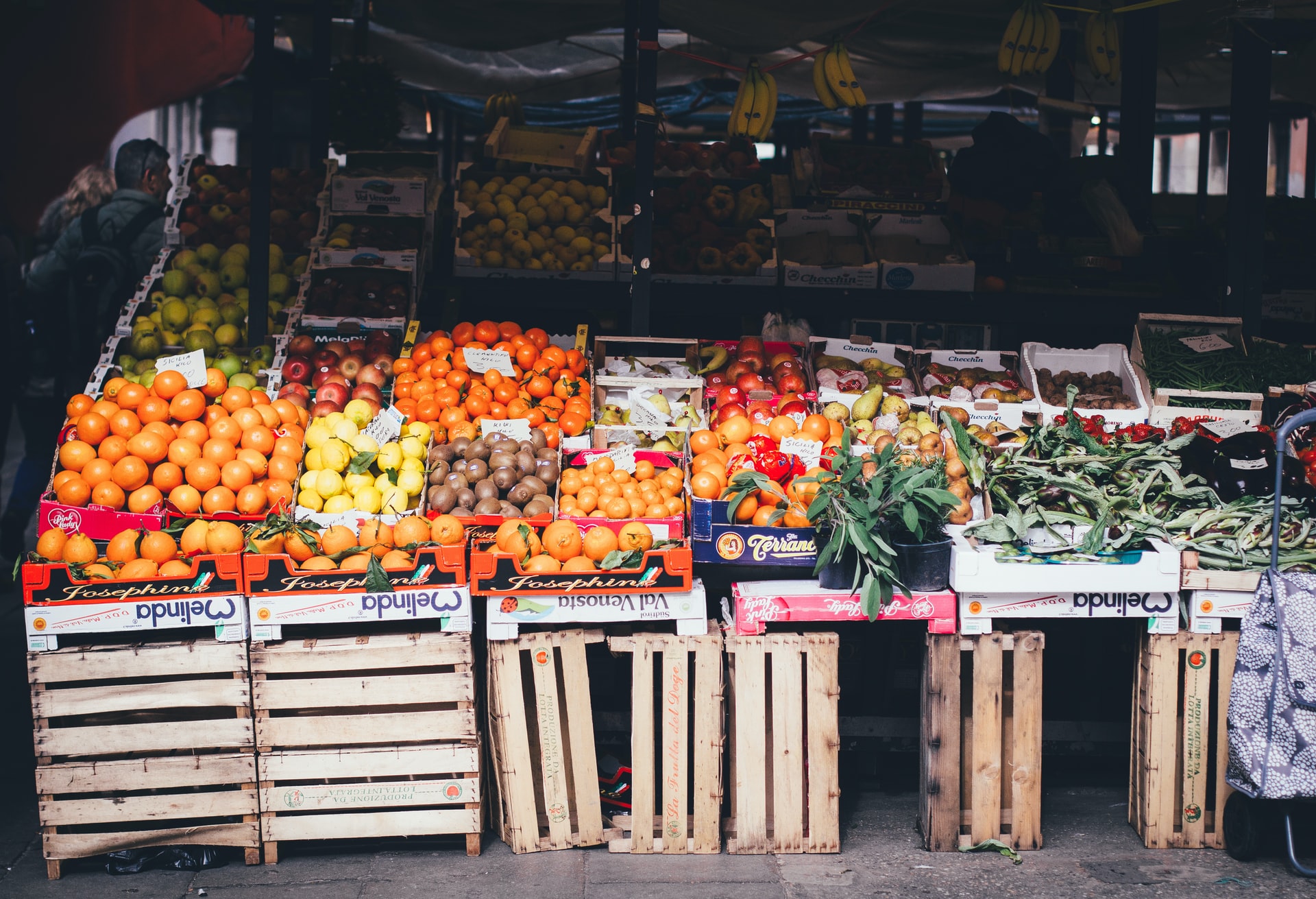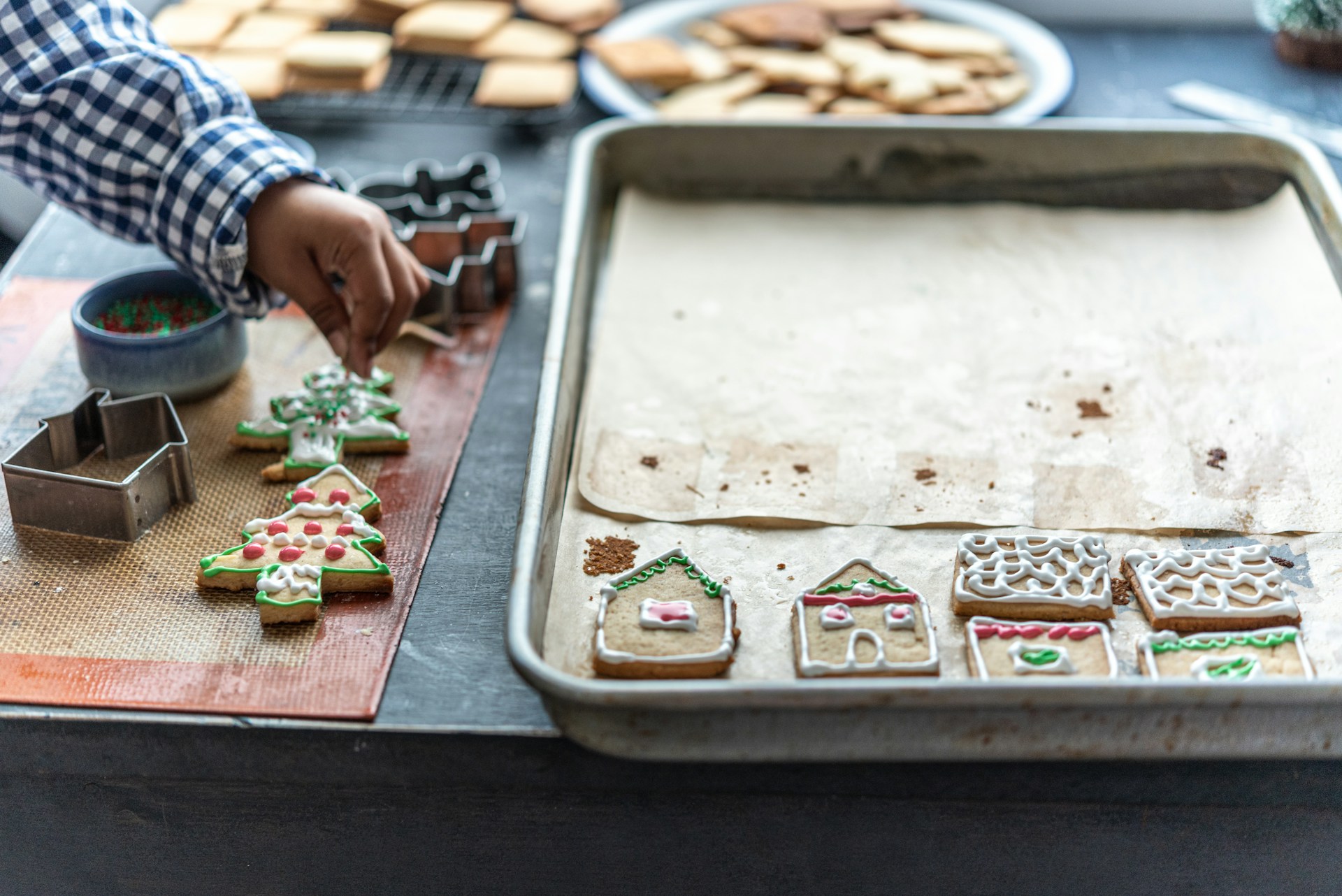Image by Eugene Zhyvchik
When we plan our trips to visit the beautiful corners of the world, we often consider the history, landscape and monuments. More important than all of these, I’d argue, is the food you try along the way. Such food experiences allow a deeper and more intimate insight into the culture of that area. Whether or not you’re a genuine ÔÇÿfoodie’, definitely consider the following locations for your next big adventure, where you can expand your palette, as well as your mindÔǪ
Vietnam
There are so many beautiful places in the world to go and see, but if you ever end up in South East Asia I’d have to recommend you start in Vietnam. A long, slender country that hugs the coast, you can climb mountains tiered with rice paddies in the North and dive in crystal clear waters such as Hß║í Long Bay in the South. If you’re more of a city person – even those are interesting, as decades of bizarre building restrictions on the foot of a building and not the height, meaning most buildings reach alarmingly into the sky.
Vietnam is most famous for its phß╗ƒ – beef, broth, noodles and herbs essentially – but I find it can be a little basic. If you want to try a little more of the variations Vietnamese food can offer, you need to head to The Secret Garden restaurant in Hanoi, the capital city. They don’t advertise much, but you’ll know you’re on the right course if you find yourself walking up five flights of unairconditioned stairs in 35┬░ heat. Once you’ve reached the roof, however, you can enjoy your meal of lemongrass pork with fresh watermelon juice, spring rolls and b├íhn m├¼ sandwiches surrounded by fans, colourful flags and roosters who will be served for dinner but are happy to serenade you in the meantime. Like in many South East Asian countries, eating out is affordable and relaxed, and if you come to have your meal at an off-peak time, the workers will come sit at the tables as they prepare the springrolls for the next rush.
Arizona
If Asian flavours aren’t your thing, but you still want to experiment, you can head in the opposite direction and try out the fusion cooking of the United States. In South Western states like Arizona, New Mexico and Texas, tex-mex cuisine reigns supreme. Made by blending Mexican spices and techniques and European palettes, it’s perfect for dipping your toe into the world of spice. Arizona in particular is famous for its endless stretches of arid desert, complete with cacti and tumbleweed, days so hot the horizon turns white, and cities unironically named “Buckeye”. Phoenix, the capital of Arizona, makes its statements in concrete and stone, with most of its buildings staying low and wide to hide from the heat. But one of the best fusion restaurants in the city, The Mission, can be found in its Old Town, which models itself off of Spanish architecture and old Hollywood Westerns. Located in an old whitewashed stone church, the interior is the height of modernity, with glowing pink salt walls and chandeliers. The menu is designed to let you sample the flavours of Latin cooking, and plates are built to be shared with the rest of the table, no matter the course. All of this to be washed down, of course, with their signature mojitos, made with tequila produced in the region.
South Africa
If you want something a little more adventurous, but just as hot, South African food is a mad blend of African, Asian, and colonial European influences. For a quick and easy meal on the long drives between the incredible national parks you can grab some bunny chow to fuel you on your way. Often just called bunny, it’s a filling meal composed of a hollowed out loaf of white bread filled with curry, that was invented and popularised by the Indian South African community in Durban, and showcases just one element of the multiculturalism so prevalent in Africa. In urban centres such as Cape Town you can find plenty of independent cafes which incorporate the local ingredients into more familiar shapes, such as a rooibos latte, which makes the most of the delicate nutty and sweet flavours of rooibos tea, and is often topped with cinnamon.
Cooking in South Africa, however, is most often a community affair. The braai is a staple of South African cooking, and universally enjoyed regardless of race, culture, or class. Essentially a barbeque cooked on an open fire – gas cooking means it’s not a braai – the central concept is to cook as much as you are able, and never prepare to serve fewer than 10, regardless of how many people are actually coming. There are no rules as to what can and can’t be grilled as part of the gathering, but things that can commonly be found on any braai pit include boerewors (spiraled, gamey sausages), lamb, steak, braai pies (savoury or sweet!), and maybe mushrooms or some corn if you feel like having some veg.
Germany
But you don’t have to travel to other continents to sample entirely different styles of cooking – even places as close as Germany can offer a whole different world in terms of what’s familiar. In the South of Germany, where towns are often clinging precariously to alps, food is made to be hearty and filling, to help you get up and then down those mountains while wading through heavy snow. Every meal is designed with this in mind, as even the Bavarian version of pasta, spaetzle, is made of a very eggy noodle batter dropped in small increments into boiling water to give the sausage-based sauce something equal in its weight to stand up to. Savoury food from this region often relies on mustards and pickled things for flavour, with the popular breakfast sausage weisswurst often being served only with thick, doughy pretzels and mustard to elevate the pork and veal that made up the blend of meats.
While these meals might be heavier than we’re used to, it’s Bavarian desserts that really crown the experience for us fine connoisseurs who enjoy the simple pleasures of dough and sugar. Kaiserschmarren, while technically Austrian, is sold at any self-respecting Alpine Germanic restaurant. A kind of fluffy, shredded pancake, you know you’re being served quality when it looks like pastry has waged war across your plate, and then received a heavy snowfall of powdered sugar. Ideally, you’ll receive a tart jam for dipping on the side, to add texture and contrast to your plate, recalling the same trick employed by sauerkraut in a savoury meal from the same region.
No matter where you end up in the world, every culture has huge variations in flavours, and there’s something to be found for even the pickiest eater on every continent. So whether you travel for food, or the food is just a tasty bonus, here are three tips for finding a delicious meal every time:
- Keep an open mind, and be prepared to try new things
- Do your research: websites like TripAdvisor is a good place to find the experiences of other tourists, and can save you from going to a place that only serves live squid
- Take local recommendations. Everyone is proud of where they come from and want tourists to have a good experience. Locals will lead you to spots that feel authentic to the culture, and save you from mass produced, tourism industry experiences.
Happy travelling!
Words by Hanna Pluck



